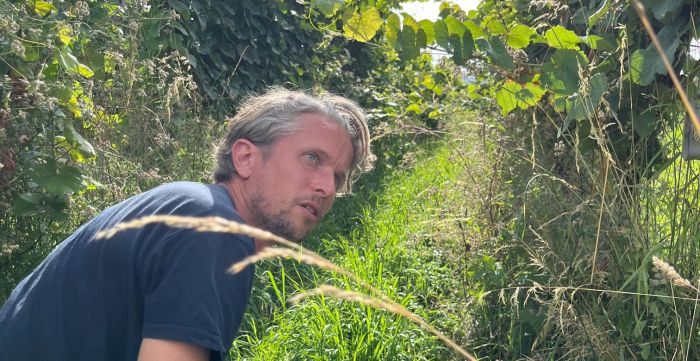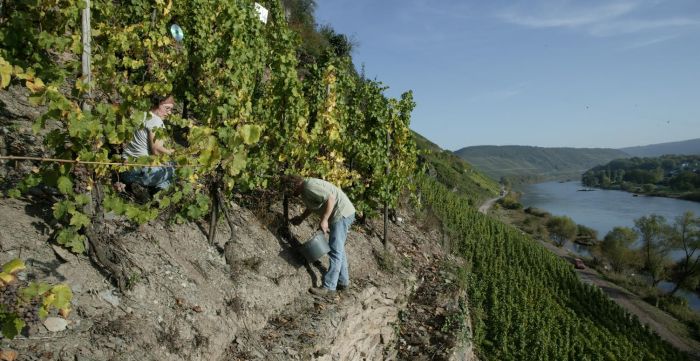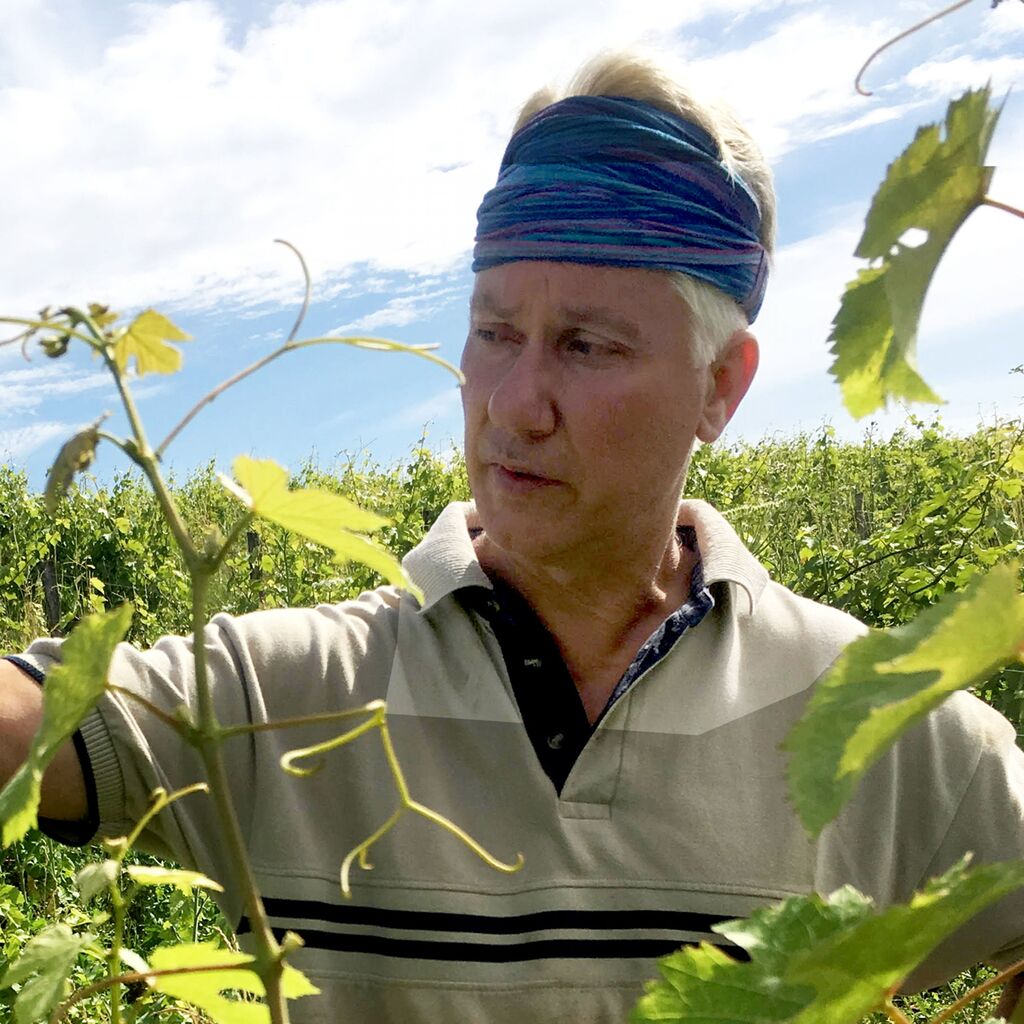Please wait ...

New Producer: Yannick Meckert!

Yannick Meckert!
<p>We've been bringing in Yannick Meckert's wines for almost a year now but just getting around to writing about him. </p>
<p><a href="https://louisdressner.com/producers/yannick%20meckert">It's a whole lot to read and fascinating stuff! </a></p>
Article
Tips For Navigating the Website.

How to navigate the website.
<p><u><strong>Desktop vs Mobile:</strong></u></p>
<p>We know people use their phones a lot, so we've worked hard on ensuring the site functions well on mobile devices. Having said that, we recommend using a laptop/desktop to optimally peruse our content. </p>
<p><u><strong>Glossary:</strong></u></p>
<p>At its core, this has always been a website written for wine professionals *attempting* to glean information on the wines we import - and hopefully see a picture of the vigneron's dog. Since the jargon can be so technical, we've added an <glossary term="glossary" title="1427">interactive glossary</glossary> to the text for those unfamiliar with the baffllingly complex world of wine terminology. Even if you're a seasoned pro, you might learn a thing or two. And if you'd rather read the content without the glossary, simply head to the main menu bar and turn it off. </p>
<p> "<u><strong>Our Wines" Section: </strong></u></p>
<p>In the "Our Wines" section, we've offered a variety of filter categories for you to explore and discover all the cuvées we import. These filters can be combined together to narrow down results. If you hit a wall with no results, simply erase one of the filters or clear all filters. </p>
<p><u><strong>Technical Information For Each Wine:</strong></u></p>
<p>78% of the wines we import have extremely detailed technical information when clicked on, dare I say the most technical anywhere on the internet. Half of these are probably woefully outdated.</p>
<p><u><strong>Search:</strong></u></p>
<p>If you know what producer or wine you are searching for, the search should quickly autofill what you need. Go ahead, give it a whirl. You can also hit enter after searching and skup the autofill.</p>
<p><strong><u>Hyperlinks/PDFs:</u></strong></p>
<p>Every single piece of content on the website has its own hyperlink. This means you can easily share a specific producer page, article, wine or filter combination with anyone. You can also save or print out PDF's bt clicking the PDF icon.</p>
<p><u><strong>Copy/Paste:</strong></u></p>
<p>Due to the website's design, if you need to copy/paste anything, the glossary needs to be turned off for the text to paste correctly. We recommend using the PDF feature instead. </p>
<p>Also, if you are going to straight up use our writing verbatim, PLEASE credit us when doing so. Seems obvious but we see it happen all the time. </p>
<p><u><strong>A Shit-Ton of Written Content:</strong></u></p>
<p>The articles themselves can often be very long, and for this reason we developed a Propriety Pop Up System™ where you can easily scroll through various articles/wines and "pop out" to efficiently look at the rest of the content.</p>
<p>We've tried our best to pack as many dog pictures as possible in there, but the digital ink has been spilled: the cumulation of decades' worth of writings from Joe, Denyse, Kevin and Jules is here for you to read. A huge part of the work with this new website was to find better ways to condense and extract essential information you need without getting lost in all that BORING text. </p>
<p>We still think you should check it out. Don't worry, there are plenty of pictures. And you might even find the writing interesting. Or funny. Or both. </p>
Article
EXPLORE

Domaine Chamonard Producer Profile
<p>Domaine Chamonard is a multi-generation family estate run, somewhat unintuitively, by the Chanudet family. At the helm for over 50 years, Jean-Claude "Le Chat" Chanudet has humbly been making "Jules Chauvet" style, semi-carbonically fermented Beaujolais for decades. In fact, Beaujolais lover and good friend Eric Texier considers Chanudet, who is meticulous in his lab analyses of his wines, the closest of anyone to work the way Chauvet intended. </p>
<p>Retired on paper but still a daily presence in the vines and cellar, Jean-Claude recently passed on the estate to his daughter Jeanne, and together they work a total of 5.5 hectares. The vast majority is in the Morgon cru, where they farm seven parcels spread over three major sectors: Grands Cras, Le Colombien and Chateau Gaillard. The rest of the vines are in the Fleurie lieu-dit La Madone: a very steep hill and amongst the most famous in the cru. </p>
<p>While each Morgon parcel is vinified individually, the Chanudet intentionally choose to make a single Morgon each vintage, creating a complex blend of their terroirs. Firm believers in selling this cuvée when it's drinking at its best, they release the wines non-chronologically. For example, they have just recently sold out of the 2021 and just now commercialising the 2020. They also intentionally hold back significant quantities to intentionally age and release them many years later, hence our opportunity to offer you the 2015 vintage. The Fleurie, on the other hand, is bottled as La Madone and, due to the style and limited amounts produced, released chronologically.</p>
